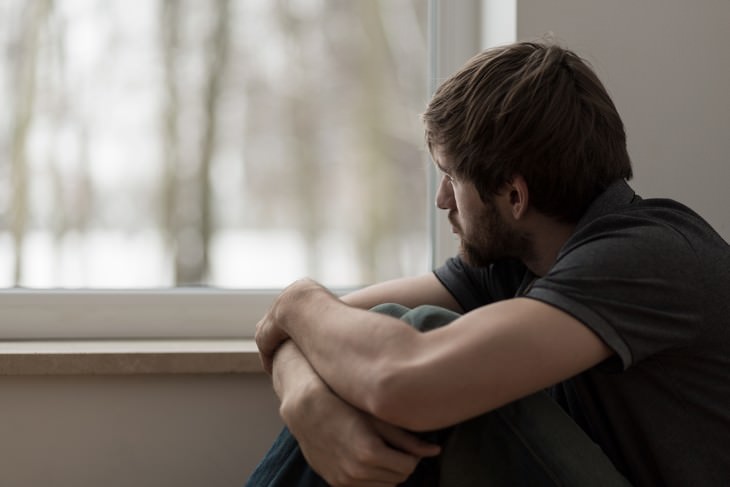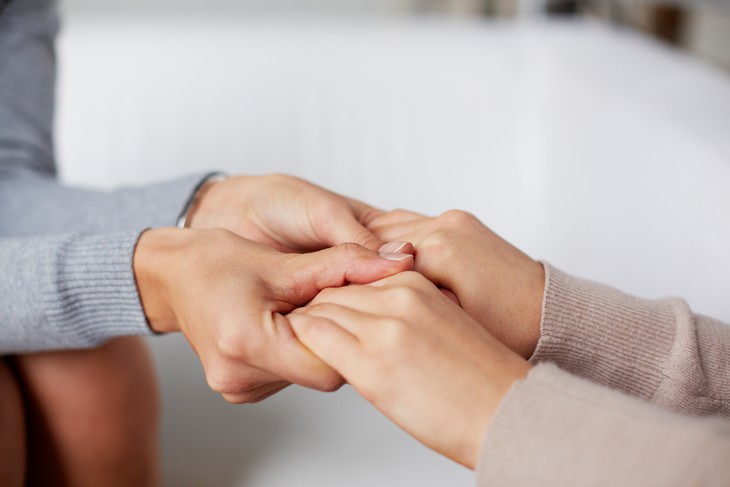
Staying indoors and avoiding interactions is crucial to flattening the curve and fighting the spread of the novel coronavirus itself, but it can have a dire impact on mental health. The issue of the long term effects of social distance on mental health is receiving more and more attention as quarantine drags on, and rightfully so. The stillness, financial pressure, and uncertainty about what the future will bring is taking a toll on many.
New York’s governor Andrew Cuomo addressed the issue in one of his recent daily briefings saying, “Don’t underestimate the personal trauma and don’t underestimate the pain of isolation. It is real. This is not the human condition — not to be comforted, not to be close, to be afraid and you can’t hug someone… This is all unnatural and disorienting”.
Perhaps that is the most jarring aspect of the pandemic. The impossibility to congregate and support each other the way we would want to. This has led to unique coping mechanisms, and mental health experts are doing their best to speculate what is yet to come and how to act in this unprecedented situation.

Experts already know that years of loneliness or feelings of isolation can lead to anxiety, depression, and dementia in adults. A weakened immune system response, higher rates of obesity, high blood pressure, heart disease, and a shorter life span can also result.
Although research that is specific to the current outbreak is limited, researchers evaluated and observed studies looking at people who were quarantined, an extreme form of social distancing, during the outbreaks of SARS, H1N1, and Ebola in the early 2000s. For example, one study compared quarantined versus non-quarantined individuals during an equine influenza outbreak. 938 out of 2,760 quarantined people (34%), reported high levels of psychological distress, which can indicate mental health problems, such as anxiety and depression, during the outbreak compared with 12% of non-quarantined individuals.
Another study examined 549 hospital workers in Beijing during the 2003 SARS outbreak. Those who were quarantined or worked in a high-risk environment reported higher levels of alcohol abuse three years later than those who had less intensive exposure to the outbreak. Certain factors that were found to increase the risk of developing psychological problems, such as the quarantine lasting longer than 10 days, poor information about the efficiency and rationale of the quarantine, and lack of necessary supplies.
Though the great majority of people currently living through lockdown are not quarantined, less extreme forms of social distancing hold similar risks. Being aware of the factors mentioned above and mitigating them as much as possible is a way to lower the likelihood of possible mental health problems.

An important aspect experts are noting is how all-encompassing the Covid-19 pandemic is. The universal nature to the source of worry is comforting, “ Even though almost all of the news is bad, there’s something about all of us being in this at the same moment in time which I think is keeping people from falling apart” said Jonathan Kanter, a psychologist at the University of Washington’s Center for the Science of Social Connection.
Kanter worked alongside a grad student named Adam Kuczynski on a survey monitoring the daily stress levels of a group of participants. The survey began on March 14 (the day that marked the beginning of the lockdown in Washington state), and Kanter and Kuczynski are planning to continue it for 75 days at least. The overall results so far are fairly positive. There are occasional spikes in anxiety levels, but over time, people reported thinking about the virus less and less and coping through exercise and daily routines.
Despite this positive trend, Kanter stresses that a significant minority steadily reports feeling debilitating anxiety and increased sadness. People who have already been suffering from any kind of psychiatric condition, or struggling with addiction might have heightened anxiety response. Thankfully, friends and family can still help loved ones at greater risk for mental health complications from afar.

The technological age we live in offers a lot of comfort and somewhat eases the burden of being distant. A phone call or video chat might not be the same as hugging someone, but they do go a long way. If you are concerned about the mental well-being of someone you care for, experts say there are two main metrics - function and safety.
To determine if someone is functioning in times of crisis, what needs to be considered is: Do they get out of bed? Do they have structure in the day? Do they shower and get dressed? If they have work, can they handle it? These are the functional questions.
When it comes to safety, there’s a reason to worry if someone is engaging in activities that directly endanger them, like thinking about harming themselves, engaging in self-harm, drinking, or using drugs. If a person is unsafe, they might need immediate intervention.
Most mental health professionals have adapted to the social distancing norms, and offer teletherapy and telepsychiatry.
The most important lesson of all this is how essential our social networks are. Checking in on our loved ones and letting them know we are still there with them is extremely important. We can’t predict all of the long term outcomes of this pandemic yet, but feeling as connected as possible can make a significant difference in shaping the future.